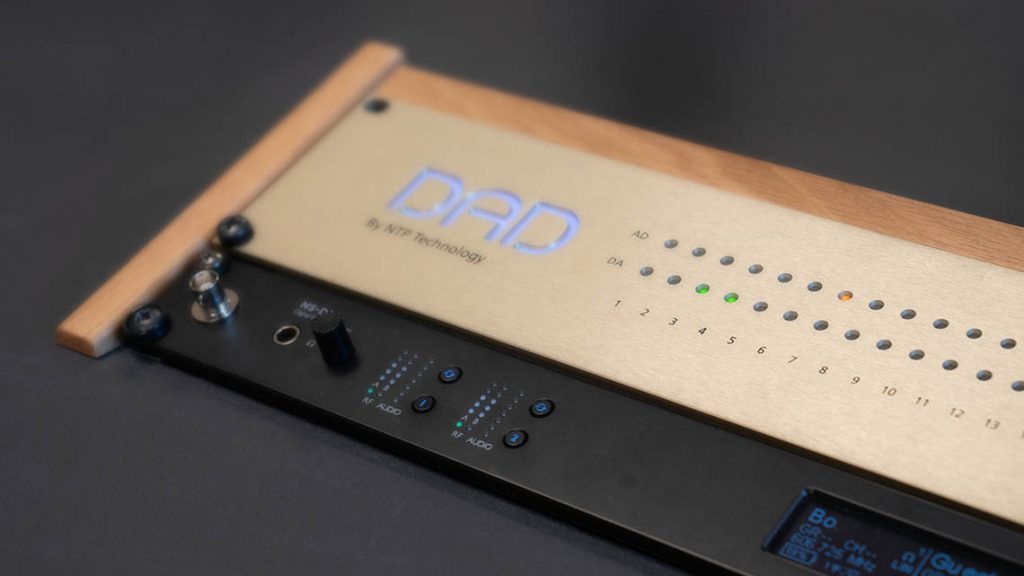
Digital wireless microphone systems offer a major advantage: consistent, high-quality audio even when RF conditions fluctuate. This article dives into how these systems work, explaining how stacked converters eliminate the need for gain adjustments while maintaining excellent dynamic range (often exceeding 100 dB).
Because digital systems transmit more data than analog, they require bit-reduction (CODECs) to fit within bandwidth limits. While this introduces some latency—typically 2–8 ms—modern CODECs strike a balance between speed and audio transparency. The article explains common modulation techniques like FSK, PSK, and advanced methods like QPSK, used to maximize data transfer within narrow RF spaces.
It also covers the trade-offs of digital systems: higher bandwidth use per channel, the need for efficient frequency planning, and reduced reach compared to analog. New solutions like Wireless Multichannel Audio Systems (WMAS) are highlighted, enabling bi-directional audio (e.g., IEMs + mics) over a single 6–8 MHz channel.
Finally, hybrid analog-digital systems are discussed as a middle ground, combining digital processing with analog RF modulation to minimize latency and improve RF resilience, which is particularly useful in dense or challenging environments.


